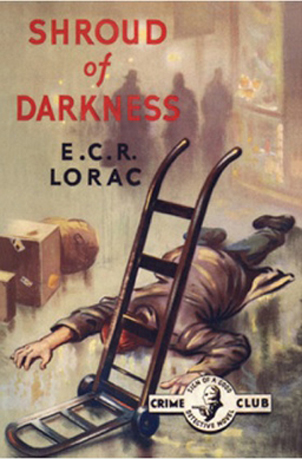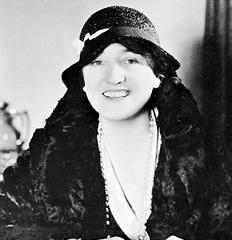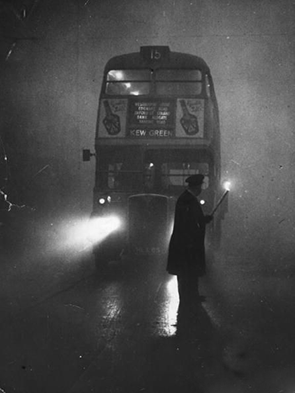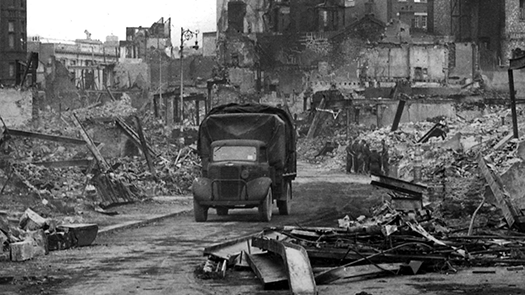
- Category:Crime Fiction
- Date Read:11 January 2024
- Published:1954
- Pages277



Robert McDonald #40
- Category:Crime Fiction
- Date Read:11 January 2024
- Published:1954
- Pages277

The most striking thing about Shroud of Darkness is the physical atmosphere. The book opens on train travelling to London which has been delayed by fog. This thick fog has disrupted not only train travel but most aspects of daily life in London and it doesn’t lift for days. Lorac took the Great Smog of 1952 as her inspiration for her setting. But the fog is not only a plot device used to first cause the train delay and then to make it reasonable that someone could be attacked in a fairly public place without being seen, it pervades the entire story. Every character we meet seems to be weighed down by the atmosphere. It’s oppressive and people respond to it without thought.
Richard, the first victim, is noticeably affected by the fog. He changes from a pleasant travelling companion to someone suffering nervous distress, to the extent that Sarah, a fellow train traveller, finds his presence discomforting and worries he is about to have a fit. Once the story moves beyond this set up of characters, we enter into the police procedural part of the mystery: the fog continues to be a palpable presence, providing cover for a murderous attack and then preventing police from investigating the attack efficiently.
The plot starts out simple – soon after the train from the opening chapter arrives at Paddington Station in London and the passengers head their separate ways, a police constable finds a man brutally beaten and left to die near the station exit. The man is miraculously still alive, just, but has been stripped of all identifying information, and he remains in a coma for most of the book. Police circulate his description in the press, and Sarah, secretary to a renowned psychiatrist, thinks he might be a boy she travelled to London with on the Plymouth train. She provides the police with enough information to allow them to identify the victim as Richard, a young farmer who has recently completed his military service and is about to resume his studies at Reading University. She also provides detailed descriptions of the other three passengers in their carriage. From this simple start the story becomes much more complex, touching on subjects ranging from the rise of gang violence among London youth to international espionage. It even includes discussions about the use of modern psychiatry in police work. Ultimately the story has its roots in the Plymouth blitz of 1941, and articulates the distrust many in Britain still felt about Germans in the 1950s.
As McDonald investigates, he discovers that Richard was found as a young child on the moors outside Plymouth in 1941 after a night of bombing, with his clothes burned off him and no memory of how he had come to be there, or even his name. It was thought he had fled the city during the bombings, and when no one claimed him, it was assumed his family had been killed. The farmer who found him adopted him. When Richard is stationed in Germany on his military service, his memory starts to return. McDonald realises that his evident distress on the train, as described by Sarah, was related to his returning memory and to flashbacks of the night he fled a burning city in terror. The mystery of Richard’s past life ties in with the investigation of an associate of McDonald from M.I.5 who has been forced to re-open a missing person enquiry on the insistence of the US Embassy, for a US intelligence asset who went missing in 1941 after being active in Germany.
Of course the story isn’t straightforward, and there are many red herrings along the way. Several promising leads, such as a potential connection to dodgy happenings in the greyhound racing world, all peter out. Other bodies also start to turn up to further complicate matters.
The characters in this book are much better defined than those often found in Golden Age mysteries, and feel much more realistic. We get to know each of the important characters well, and even some of the minor characters, such as an independent young constable who pursues his own leads and ends up coshed in a dark alley. Sarah is the most obvious of these, with her observation skills and perception, but others such as Sarah’s boss, Garstrang, who gives the police insights to the crime as a psychiatrist, Weldon, another of the train passengers, and Richard’s older sister who resents his adoption into her family, are well drawn and believable. Then there is McDonald, the main detective, and his offsider, Reeves, have different ideas about the crime and each is very methodical in tracking down leads and interrogating suspects.
A few chapters before the end I thought I could see where the story was heading, and that I knew who Richard’s attacker was. But Lorac throws in a twist at the end, together with an exciting channel crossing on a dark ferry to show that you shouldn’t trust a seemingly obvious guilty character to really be what he seems.
I enjoyed this mystery, with its quiet start and steady build up in action to the exciting finale. I especially enjoyed the portrayal of life in post-war Britain. But what I really loved about the book was the use of the fog and the constant oppressive atmosphere it gave to the story.



